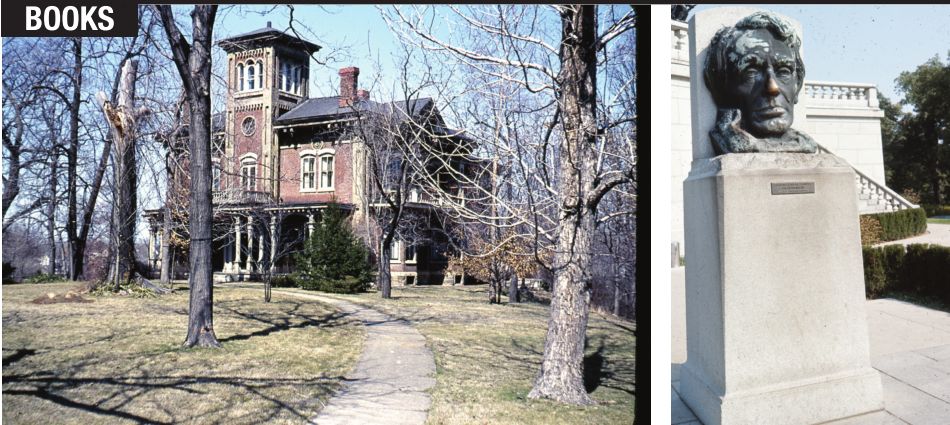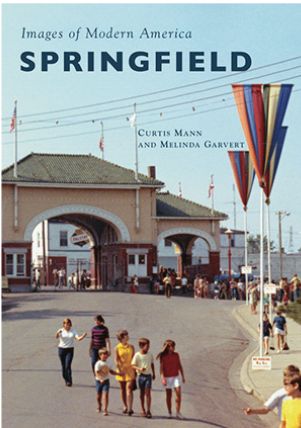
A new photo collection showcases an era of preservation
Springfield underwent a substantial transformation during the 1960s and 1970s.
Through developments in the areas of tourism, education, entertainment and commerce, the city wasc adamant about preserving its culture as well as modernizing in an effort to adhere to the changing landscape of the 20 th century. In Springfield, Curtis Mann, director of the Sangamon Valley Collection at Lincoln Library, and fellow historian Melinda Garvert take readers on a trip down memory lane, depicting the renewal of the capital city through that transitional period.
The latest installment in Arcadia Publishing’s Images of Modern America series, Springfield showcases over 150 selected images in a 95-page pictorial. Each photo is accompanied with captions providing historical backgrounds, skillfully implemented by Mann and Garvert. For example, a caption under a bust of Abraham Lincoln at the Lincoln Tomb acknowledged “the rub,” a ritual in which tourists rub the Lincoln statue’s nose for good luck. The caption noted that the bust was raised two feet higher for a brief time in 1970, due to criticism from some who believed the gesture was disrespectful. “Once it had been decided that the tradition was doing no harm and the rubbing was done with affection, the sculpture was lowered to its original height of six feet in 1976,” the caption stated.
Despite the essential role that these captions play, the authors contend the pictures themselves are the selling point of the book. “We encourage our readers to be viewers, as the pictures tell much more than the captions, showing details such as fashion, car style and architecture that were part of the time period,” Mann and Garvert stated in the introduction.
One of the more intriguing moments focused on the Old State Capitol Building.
Constructed in 1837, it was the official State Capitol building until 1876, when it served as the Sangamon County Courthouse. By the mid-1960s, the fate of the Old State Capitol building was at a crossroads, as the courthouse needed more space coupled with the necessity to modernize. This sparked a debate about whether to restructure the building or raze it.
One such photo shows a crane right by the old Capitol, as if to illustrate the building was being demolished. However, as Mann and Garvert explained, the image was designed to be an elaborate ruse. “It was part of a process to save the building so the history associated with the Old State Capitol could be treasured and shared.” It was decided that the building would be saved, and the refurbished Old State Capitol was opened for tours in November of 1969.
Mann and Garvert’s wrote Springfield to appeal to all audiences, old and young alike. For older readers, the book provides an opportunity to experience a wave of nostalgia, as they are reintroduced to the Diller Mansion, the Orpheum and the Abraham Lincoln Hotel, all of which have been demolished. On the other hand, younger readers have the chance to experience Springfield of yesteryear in a way they may have never fathomed. I’ve attended University of Illinois Springfield for the better part of five years, and by now I’m accustomed to the vast and expanding campus. That said, I was floored when looking at a photo of the school from the early 1970s, when it comprised only a small cluster of buildings.
Mann and Garvert are paying homage to the efforts of Springfield during the 60s and 70s in their attempt to cater towards varying demographics. The authors encourage their readers to embrace modernization in the same manner that Springfield did during this phase, all the while absorbing a sense of civic pride and regard for history that’s always been vital to its identity. “The images in this book are intended to give a glimpse into what is now a significant period in the history of Springfield, showing economic, physical and cultural trends that are related on many levels,” the authors conclude.
Alex Camp is an editorial intern at Illinois Times. He is pursuing his master’s in Public Affairs Reporting at the University of Illinois Springfield.